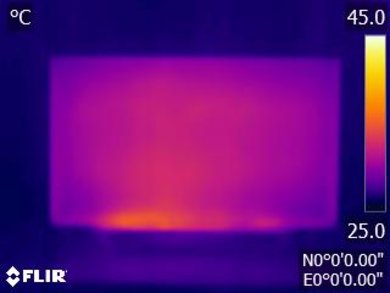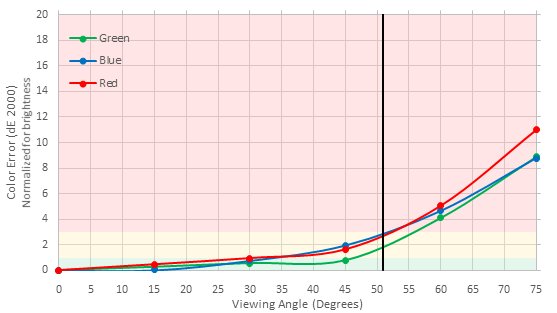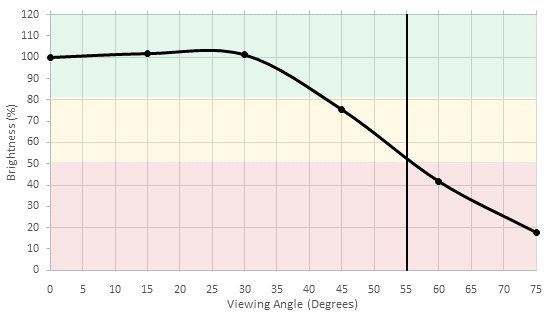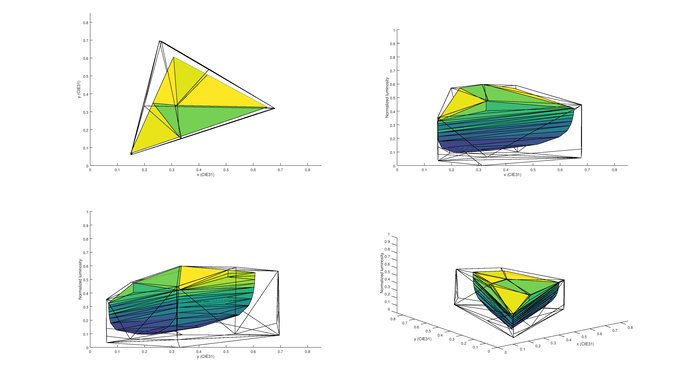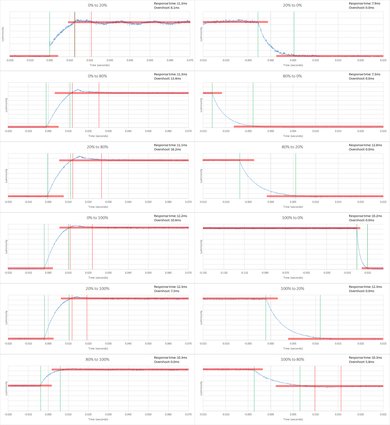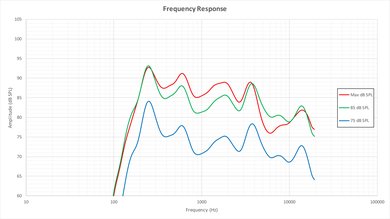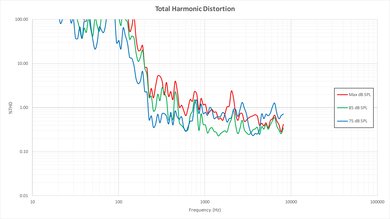The Sony W600D Series 720p LED TV has poor picture quality. Even if it doesn't have the sharpest picture, sports looks decent and it is okay to play video games. For movies though, it isn't good. The picture leaves to be desired, especially when watched in a dark room. To its merit though, the picture stays good when watched from the side.
Our Verdict
Poor TV for mixed usage. Picture quality is bad due to low native contrast ratio and poor uniformity. Supports up to 1360x768 content. Thankfully it handles motion well with little blur, and the image remains accurate when viewed at an angle.
-
Good for sports and video games.
-
Picture is good when watched from the side.
-
Poor movie experience, especially in a dark room.
-
Screen reflections can be harsh.
Bad for movies in a dark room. Low native contrast ratio so blacks appear gray, and uniformity is poor with visible flashlighting.
Poor choice for watching TV shows in a bright room. Picture quality is bad, but remains accurate when viewed at an angle. Okay at handling reflections in an average room but will have issues in a bright room, compounded by the low peak brightness which can't fight glare.
Decent choice for watching sports. Fast motion is handled well with only a short trail of blur, and the image remains accurate when viewed at an angle. Gray uniformity is below average so some dirty screen effect is visible.
Decent for gamers. Picture quality is poor, and limited to a low resolution. Luckily motion is handled well and input lag is always fairly low.
Doesn't support HDR10 or Dolby Vision. Poor picture quality and also can't get very bright or produce saturated highlights.
No support of HDR gaming. Picture quality is poor due to low native contrast ratio and poor uniformity. Can't get very bright or produce vivid highlights.
Bad PC monitor. Resolution is low, and picture quality is poor. The sides of the picture do remain accurate when viewed from up close though, and TV feels responsive due to low input lag and little motion blur.
- 5.3 Mixed Usage
- 3.1 Movies
- 5.8 TV Shows
- 6.4 Sports
- 6.0 Video Games
- 4.7 HDR Movies
- 4.7 HDR Gaming
- 5.9 PC Monitor
Changelog
Differences Between Sizes And Variants
The Sony KDL32W600D is available in one size only, 32".
If someone comes across a different type of panel or if their Sony W600D doesn't correspond to our review, let us know and we will update the review.
| Size | Model | UK | LCD Type |
| 32" | KDL-32W600D | KDL-32WD603 | IPS |
Compared To Other TVs
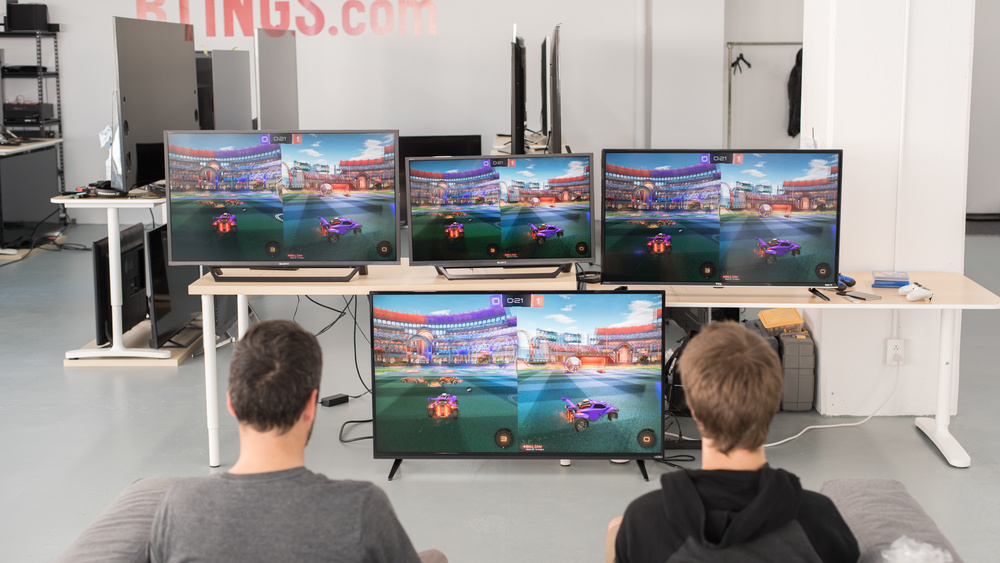
The Sony W600D is a good TV for watching sports or playing video games but is not ideal when it comes to watching movies. More versatile, and sometime cheaper options are available on the market.
Test Results
There is no local dimming feature on this TV.
Low peak brightness values that remain constant for all window sizes. The Sony W600D isn't able to make very bright highlights.
This TV does not support HDR.
The above post-calibration pictures are the same as the pre-calibration ones since there is no adjustment settings available.
Update: After the review was done, we were made aware of the white balance setting in the service menu. To access this menu, while the TV is off, press on the remote in this order: 'Display', '5', 'Volume +' and power on.
No retention at all could be notice after the 10 minutes burn-in scene on the Sony W600D IPS TV. This is a very good result for IPS a TV, since it is IPS TVs that tend to be more susceptible to image retention.
Even 24p sources have little judder. In fact, judder is present on all sources.
There is no motion interpolation option on the Sony W600D.
Nice input lag result. The W600D is well suited for fast action games. No matter the picture mode or 'Scene Select' settings, input lag is always this low.
The native resolution of the Sony W600D is 1360 x 768 and as such, the above resolutions aren't supported. To get as sharp as possible when using that TV as a PC monitor, 1360 x 768 has to be used. Even then, this TV isn't well suited to use as a PC monitor.
Average frequency response and maximum loudness. The low-end cutoff of 179Hz however, is quite poor, even for a TV. Also, at higher volumes, there will be noticeable compression and pumping artifact present.
Decent distortion performance. The interesting note here is that distortion at 75 is being reported as higher than 85 and Max results. This could be due to the 75dB test being influenced by outside noise. Also, since our scoring system gives more weight to higher frequencies to make it more perceptually relevant, and the W600D doesn't produce a lot of bass, the distortion at 75dB is being reported as higher.
Comments
Sony W600D: Main Discussion
Let us know why you want us to review the product here, or encourage others to vote for this product.






